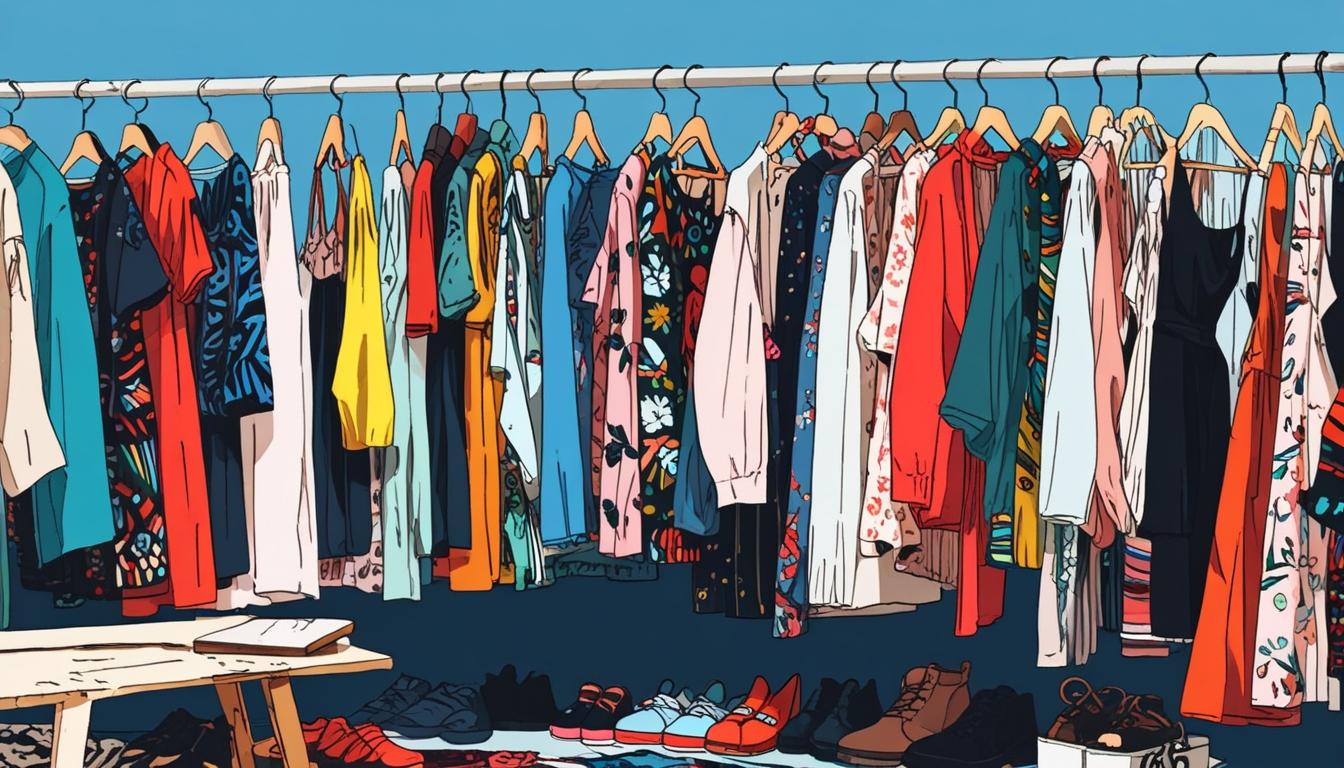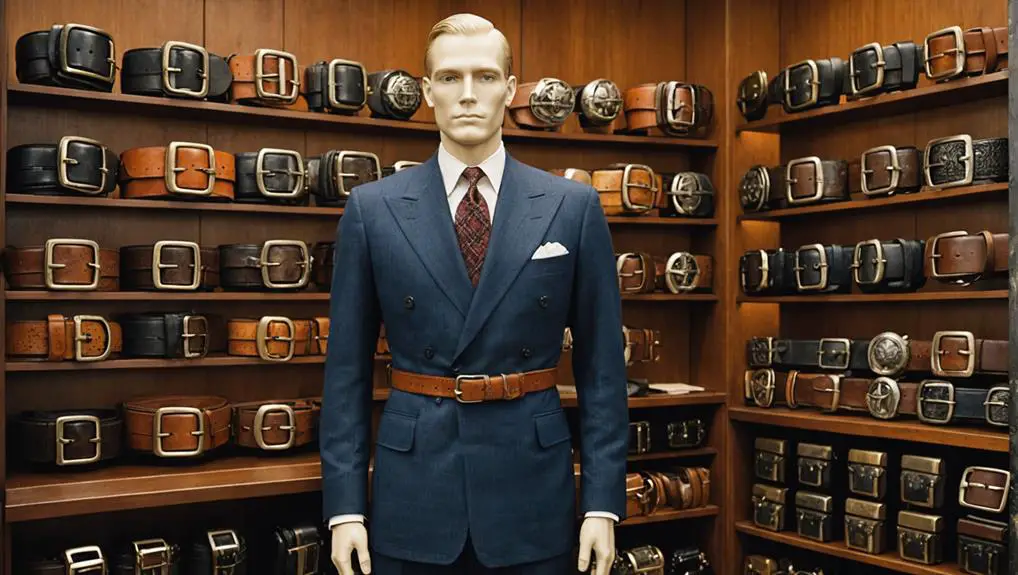As consumer attitudes shift towards affordability and sustainability, clothing brands are increasingly launching their own online resale services, with projections for a booming second-hand market.
A growing number of clothing brands are establishing their own online resale services, as international consumer trends shift toward purchasing used shoes, accessories, and apparel. According to a recent report by the online resale platform ThredUp Inc., global spending on second-hand clothing reached $227 billion last year, which constitutes nearly 10 percent of total global clothing expenditure.
This trend is expected to accelerate, particularly in the United States, where tariffs imposed by former President Donald Trump are likely to increase the prices of new clothing. Additionally, a global change in consumer attitudes and the rise of artificial intelligence-assisted shopping are contributing factors to this shift.
“We are starting to see more consumers turning to resale,” said James Reinhart, CEO and co-founder of ThredUp, in a statement to El Financiero. “Once people start buying second-hand items, they continue to do so.”
Consumers now have an expanding array of options for purchasing second-hand items. Aside from traditional thrift and vintage stores, a robust online ecosystem has developed, encompassing platforms like eBay, ThredUp, Poshmark, and others where customers can buy and sell directly.
Amidst this evolution, numerous brands are launching their own online resale services, either independently or through partnerships with companies that specialize in resale logistics, such as Archive and Trove. Trove, which serves around 50 clients, plans to add seven new brands in the second half of 2024, according to CEO Terry Boyle. Notable brands like outdoor apparel manufacturer Patagonia and sneaker seller AllBirds are already utilizing Trove’s services.
One of the primary drivers for consumers purchasing used clothing is affordability. Buying second-hand items allows shoppers to find bargains across various categories, including high-end brands that may otherwise be cost-prohibitive if purchased new. The anticipated increase in new clothing prices due to the newly enforced general 20 percent tariffs on all Chinese imports complicates the matter, pushing more consumers to consider second-hand options, explains Reinhart.
While new clothing is predominantly produced overseas, particularly in China, much of the second-hand clothing sold in the United States is sourced domestically.
The popularity of online second-hand shopping is particularly pronounced among younger generations, who have grown up with the internet and are comfortable buying and selling clothing online. Moreover, consumer perceptions of second-hand purchases have shifted significantly. Historically marred by stigma, purchasing used items is now seen as a standard practice. “Now it has become the norm,” stated Samina Virk, CEO of Vestiaire Collective in the U.S., in comments to El Financiero.
In addition to financial reasons, some consumers are turning to second-hand items to mitigate the environmental impact associated with producing and transporting new clothing. According to data from Vestiaire Collective, 79 percent of items sold on their platform replace a first-hand purchase.
Reinhart also noted an emerging trend that may further drive second-hand clothing sales in the coming years: the integration of artificial intelligence in the shopping experience. Finding specific second-hand items online can be time-consuming and cumbersome. ThredUp is implementing AI tools that allow users to upload images of desired shoes or jackets, making it easier to search for similar items on their platform.
This innovation could streamline the process of purchasing second-hand goods, making online shopping for used items comparable in convenience to buying new clothing, Reinhart predicted. The projections for the future of the second-hand fashion market are promising, with sales anticipated to surpass $250 billion by 2025 and exceed $300 billion by 2027, according to the report based on research conducted by ThredUp and retail analytics firm GlobalData.
Source: Noah Wire Services




